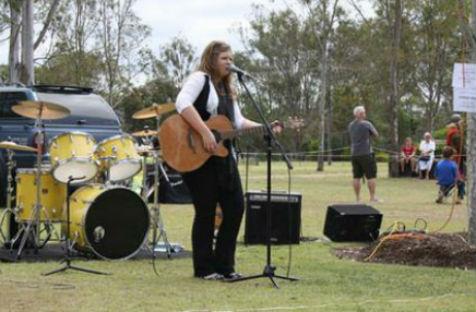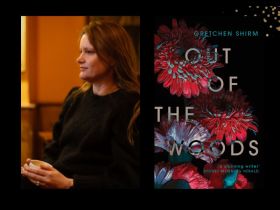Artists make a valuable contribution to Queensland’s rich culture and creative economy. The arts and creative enterprises contribute to regional development, prosperity and well-being by investing in people’s ability to make, build, innovate and generate new products. …but the pathways to building creative enterprise, a business or community project are not as well trodden as they are in other sectors. Artists, arts workers and arts organisations in regional areas can often suffer the same sense of isolation that the rest of their communities do. They need to be given equitable access to the services and support for their endeavours that those in the city might take for granted.
Creative Generators was a key initiative of artbeat: the Regional Arts and Culture Strategy 2010-2014 and was funded by Arts Queensland and the Australia Council for the Arts. The service aimed to build creative capacity in regional communities, utilising five different service providers across the state.
Arts Nexus in Cairns, Creative Regions in Bundaberg, CICADAS@RAPAD in Blackall and Longreach, the Regional Social Development Centre in Mackay and Artslink Queensland in South East Queensland. These services contributed to the social, cultural and economic well-being of communities by fostering the growth of creative practice in a number of ways.
I was the Regional Development Officer managing the Creative Generator SEQ service at Artslink Queensland in the latter half of 2012. As the initial funding period for the service has ceased, I thought I would offer my reflections on the issues faced by my large and lovely adoptive state of Queensland in continuing to support its artists and arts-workers in regional communities.
Artslink Queensland’s Creative Generator SEQ service supported the development of a range of arts and cultural activities, projects and experiences across multiple art forms throughout the 10 local government areas of SEQ. The service provided free information and advice to artists, arts workers and arts organisations to help them develop their ideas and projects.
Crucial to the success of the Creative Generator SEQ were the people who delivered the service and bought to the position their vast knowledge and experience of creative industries and community cultural development. The two Regional Development Officers involved in running this service have been Tim McGee (with a background in music management) and myself (with a background in education and regional/remote community development).
Regional Arts Development Officers across Australia assist regional communities to develop and implement arts programs or activities that can have long-term impact in their communities. They also help to increase access to arts funding, resources, and networks across regions to strengthen the impact of community arts in regional areas. In order to maximise the potential for communities to develop cultural enterprises and social inclusion a stronger emphasis needs to be place on the value of services and human infrastructure.
The current economic climate and shifts in state and federal policy are bringing about many challenges for artists and arts organisations. We are operating in increasingly crowded and competitive markets and often need to juggle multiple partners with different goals and needs. We are under increasing pressure to rely less and less on government support and are being told we need to explore more ‘creative’ ways to fund our core business. What that core business is, also comes into question and may change according to what is deemed more profitable: product or service?
Product (which can be sold) becomes the choice in this climate since it brings income into the organisation. The pressure is then felt more intensely by arts organisations and individual practitioners whose primary mission is to support artists and facilitate community development with services to the arts. These services to the regions are a crucial aspect of regional arts development but unfortunately they don’t offer any consolation to those who may be struggling financially, because they attract very little (if any) income. They rely heavily on government subsidies to pay for the human infrastructure that essentially delivers the support service.
When these types of positions are funded by Government and the funding is ends or is withdrawn, the onus falls back on the already stretched resources of the arts organisation to find a way to fund the support position. However (and perhaps unfortunately) during the funded period, users of the service have become accustomed to it being a free service and so the concept of ‘user pays’ is then more difficult to introduce.
There seems to be a need for a unified and cohesive system of regional arts support and development human services, taking into consideration the issues mentioned. For delivery of Regional Arts Support to be effective in Queensland with its large geographical area and vast cultural diversity,
- Whoever drives the service needs to work closely with regional councils and local arts organisations, so as not to duplicate the services offered
- An analysis of needs must be undertaken, needs identified and diversity recognized so that support services can be ‘tailored’ to suit community
- Local governments and communities need to invest in the human infrastructure needed to support artists in communities by partnering with State and Federal Government, businesses and service organisations to continue to employ arts and cultural support officers.
- Artists, arts-workers and arts organisations in community need to be encouraged to find ways to contribute to payment for regional arts support services.





